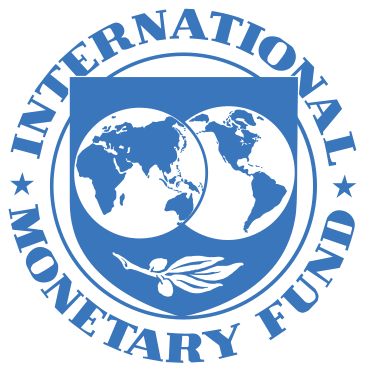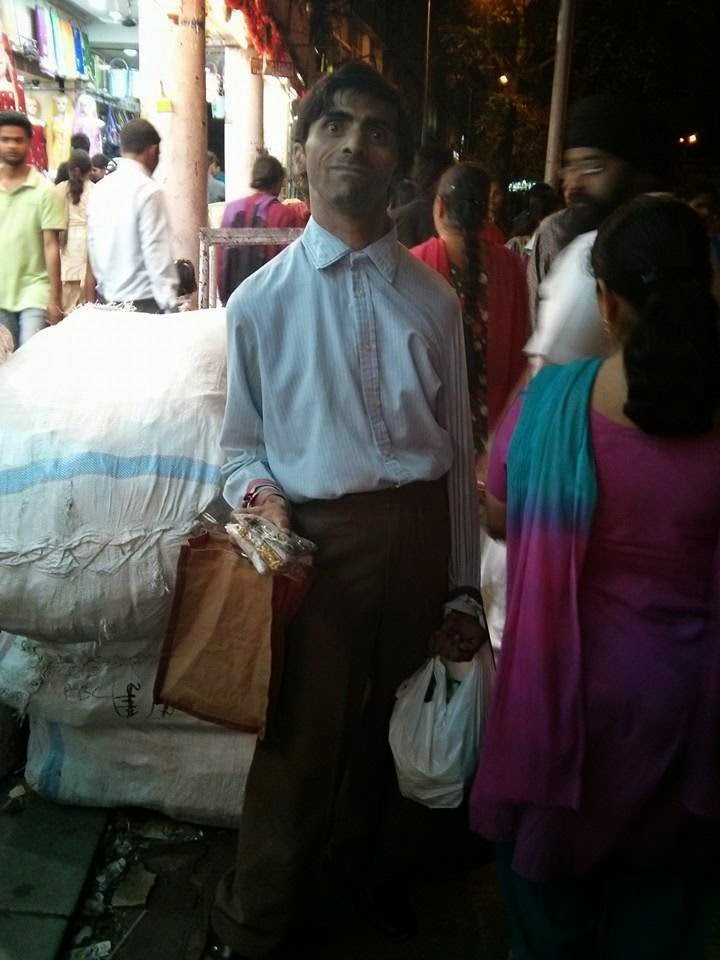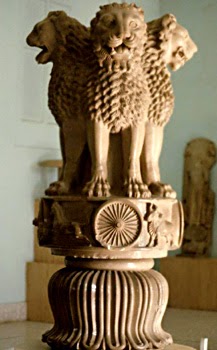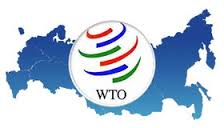The International Monetary Fund (IMF) is an international organization that was initiated in 1944 at the Bretton Woods Conference and formally came into existence on 27 December 1945 by 29 member countries. The IMF’s stated goal was to assist in the reconstruction of the world’s international payment system post–World War II. Its headquarters are in Washington, D.C., United States.
On 1 March 1947, the IMF began its financial operations, and on 8 May 1947 France became the first country to borrow from the IMF.
The IMF is a self-described “organization of 188 countries, working to foster global monetary cooperation, secure financial stability, facilitate international trade, promote high employment and sustainable economic growth, and reduce poverty around the world.”
Latest Member to join IMF is South Sudan on 18th April 2012.
Special Drawing Rights (SDRs)
Special Drawing Rights (SDRs) are supplementary foreign exchange reserve assets defined and maintained by the International Monetary Fund (IMF). SDRs are not a currency, and instead represent a claim to currency held by IMF member countries for which they may be exchanged. As they can only be exchanged for Euro, Japanese yen, pounds sterling, or U.S. dollars. A SDR is defined by a weighted currency basket of four major currencies: the U.S. dollar, the Euro, te British pound, and the Japanese yen.
Functions of IMF
- International Monetary Cooperation
- Promote exchange Rate stability
- To help deal with Balance of Payments adjustment
- Help Deal with Economic Crisis by providing international coordination
The IMF has a Managing Director, who is head of the staff and Chairman of the Executive Board. The Managing Director is assisted by a First Deputy Managing Director and three other Deputy Managing Directors. The Head of IMF is known as Managing Director. The Head of IMF is elected for 5 years. But can be removed earlier. Present Head of IMF is Christine Legarde (Former Finance Minister of France).
Objectives of IMF
- To make an arrangement of goods exchange between the countries.
- To promote short term credit facilities to the member countries.
- To assist in the establishment of International Payment System.
- To facilitate the foreign trade.
The IMF provides loans to countries that have trouble meeting their international payments and cannot otherwise find sufficient financing on affordable terms. This financial assistance is designed to help countries restore macroeconomic stability by rebuilding their international reserves, stabilizing their currencies, and paying for imports—all necessary conditions for relaunching growth. The IMF also provides concessional loans to low-income countries to help them develop their economies and reduce poverty.






